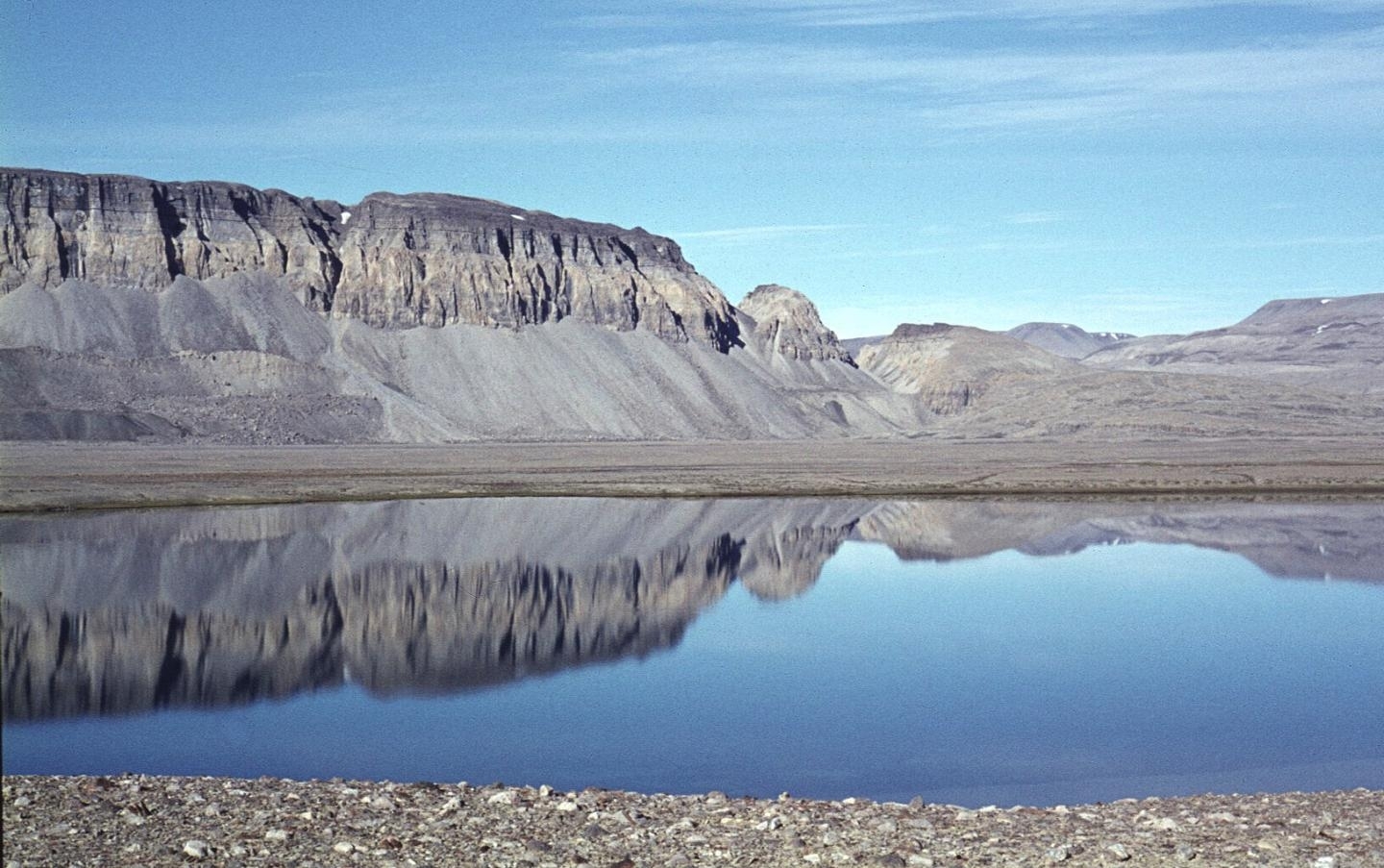Over 500 million-year-old fossils of microscopic animals have just been found in Greenland
The fossils may help researchers uncover further details about how the modern ecosystem came into existence.



Archaeologists have discovered a hidden diversity of microscopic animal fossils in Greenland that crawled and swam across Earth over half a billion years ago. The tiny fossils represent a defining period of the history of life on Earth — the Cambrian explosion of animal diversity — and may help researchers understand how the modern ecosystem came into existence.
What is currently known about the explosion of animal diversity comes from fossils of hard-bodied animals, such as fossilised shells. However, this understanding of the phenomenon is only partial, since most marine animals are "soft-bodied" and well-preserved fossils of such soft, squishy creatures are hard to find.
Rare fossil sites such as Burgess Shale in Canada that revealed fossils of "soft-bodied" Cambrian creatures have offered paleontologists a rare glimpse into the actual diverse ecosystem. Another such rare fossil site is Sirius Passet in the far north of Greenland. It is near the Sirius Passet site that a team of researchers from the Uppsala University discovered the incredibly well-preserved fossils of the previously unknown microscopic animals.
Unlike the northern part of the Sirius Passet site, which due to high temperatures saw delicate organic remains of soft-bodied fossils boil away, leaving only faint impressions of the remains, the rocks in the southern area of the site, escaped the heat. The paleontologists used a low-manipulation acid extraction procedure to dissolve some of the less intensively heated mudrocks at the site and successfully uncovered the microscopic animal fossils.
Most of the fossils recovered were less than a millimetre long and had to be analysed under microscope. The researchers unearthed tiny spines and teeth of priapulid worms that revealed the worms had small hook-shaped structures that allowed them to burrow through soil and capture prey. Other discoveries include the defensive spines and tough outer cuticles of various arthropods. However, the most surprising find was microscopic fragments of the oldest known pterobranch hemichordates — "an obscure group of tube-dwelling filter feeders that are distant relatives of the vertebrates".
"The sheer abundance of these miniature animal fossils means that we have only begun to scratch the surface of this overlooked resource, but it is already clear that this discovery will help to reshape our view of the non-shelly animals that crawled and swam among the early Cambrian seas more than half a billion years ago," Sebastian Willman, researcher at the Department of Earth Sciences, Uppsala University, said in a statement.
The new fossils could also help paleontologists better understand the hard-to-interpret fossils at the Sirius Passet site, where the flattened animal fossils, though complete, are usually missing vital microscopic details.






















